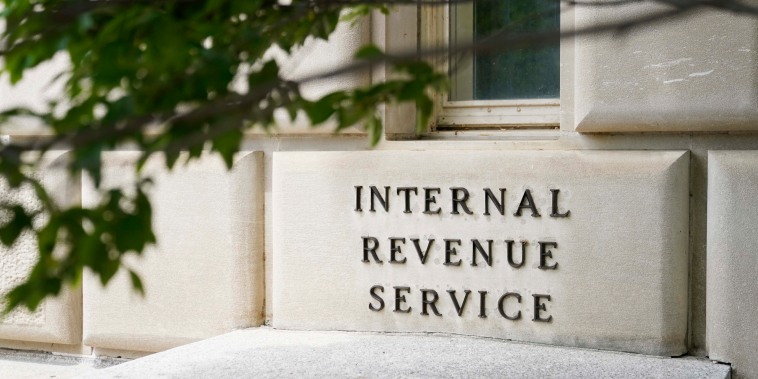The latest announcement from the Internal Revenue Service (IRS) concerning the long-term adoption of Direct File as a permanent free tax-filing option has been received with great optimism by the American taxpayer community. The implementation will take effect as of next year and is poised to significantly simplify the tax return process while offering a free method for everyone to file their taxes.
Direct File, an option that was initially introduced as a temporary measure to ease tax returns amidst the COVID-19 pandemic, has been praised for its simplicity and cost-effectiveness. Through this platform, taxpayers can directly file their tax returns without having to deal with third-party applications or tax preparers, making it more accessible and affordable for all.
The IRS’s decision to make Direct File permanent reflects its commitment towards promoting complete transparency and maintaining direct communication with taxpayers. It has been seen as a strong step towards eliminating the barriers often associated with tax filing, especially for lower and middle-income households who cannot afford professional tax preparation services.
This new tax filing option possesses various features that set it apart from the traditional tax-filing method. Foremost, it is accessible to everyone regardless of their income level. It opens up opportunities to those who could not afford external tax preparers by offering them a self-driven solution. Furthermore, Direct File offers a step-by-step instruction guide that aids users in completing their tax return.
Secondly, it expedites refunds as data goes straight to the IRS without any third-party application or service potentially slowing it down. The system’s smooth operation means faster processing times and quicker turnaround for taxpayers waiting for their refund. The promptness offered by Direct File can be of great benefit to many, particularly those financially strained and heavily dependent on their tax return.
Additionally, Direct File ensures the security and confidentiality of filers’ information. It operates with advanced security technology, providing an encrypted platform to safeguard taxpayer information from potential cyber threats.
Lastly, with the availability of free online filing through Direct File, the filing process becomes environmentally friendly as well. Not only will it reduce the need for printing physical forms and documents, but will also minimize the costs associated with postage, paper waste, and storage space associated with traditional paper tax returns.
However, just as every innovation comes with its challenges, the Direct File option’s permanence demands the IRS and taxpayers to navigate through some potential hurdles. For example, addressing any technical glitch promptly without any delay in the processing of the tax file needs to be taken care of. In addition, there might be a steep learning curve for some taxpayers who are hitched with traditional methods or unsure about managing their tax affairs digitally.
Despite these challenges, the larger perception of the tax filing community towards this change has been positive overall. With the IRS extending this free and direct tax-filing option permanently, it marks an essential step of the IRS into the digital age. This initiative not only guarantees a more efficient tax-filing process but also plays a key role in democratizing tax services and making them more accessible to every American.
Therefore, the permanent adoption of Direct File is truly a game-changing stride in the history of tax return filings. Leveraging technology to ease and quicken the once tedious process reflects the IRS’s evolution to cater to the needs of the modern taxpayer. Though challenges may lie ahead, the potential to make tax filing free, quiet, fair, and straightforward for everyone is definitely an advancement worth applauding.




